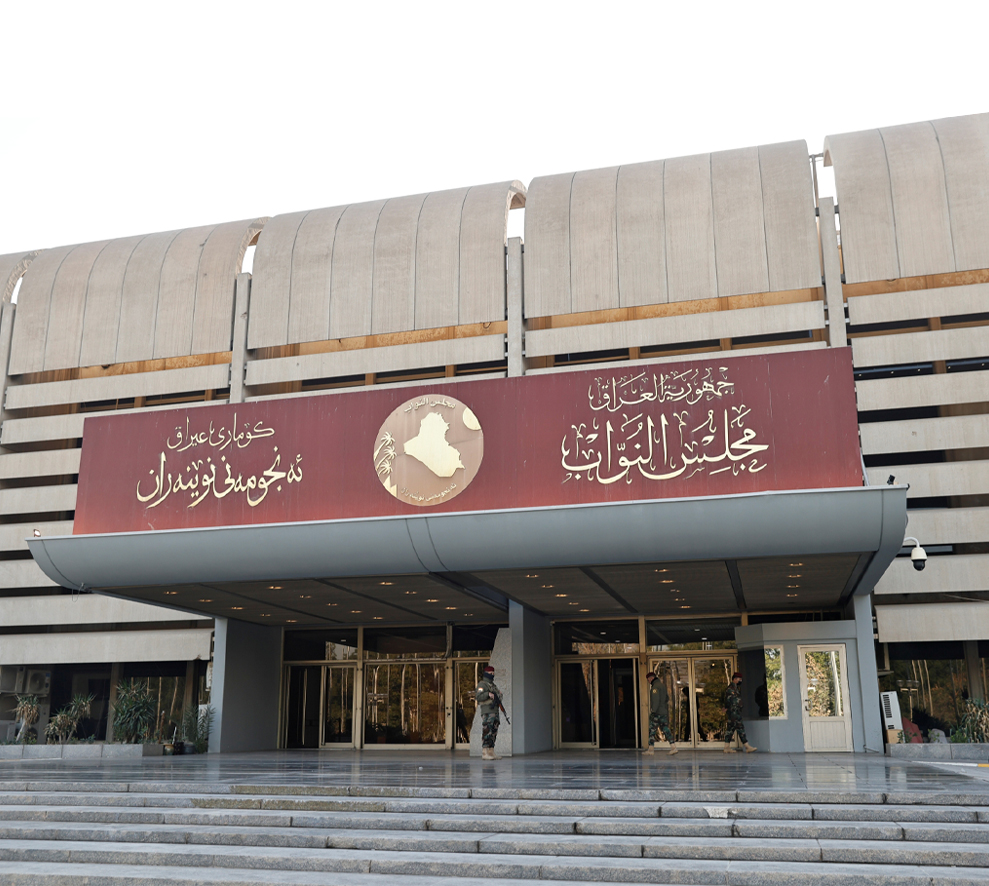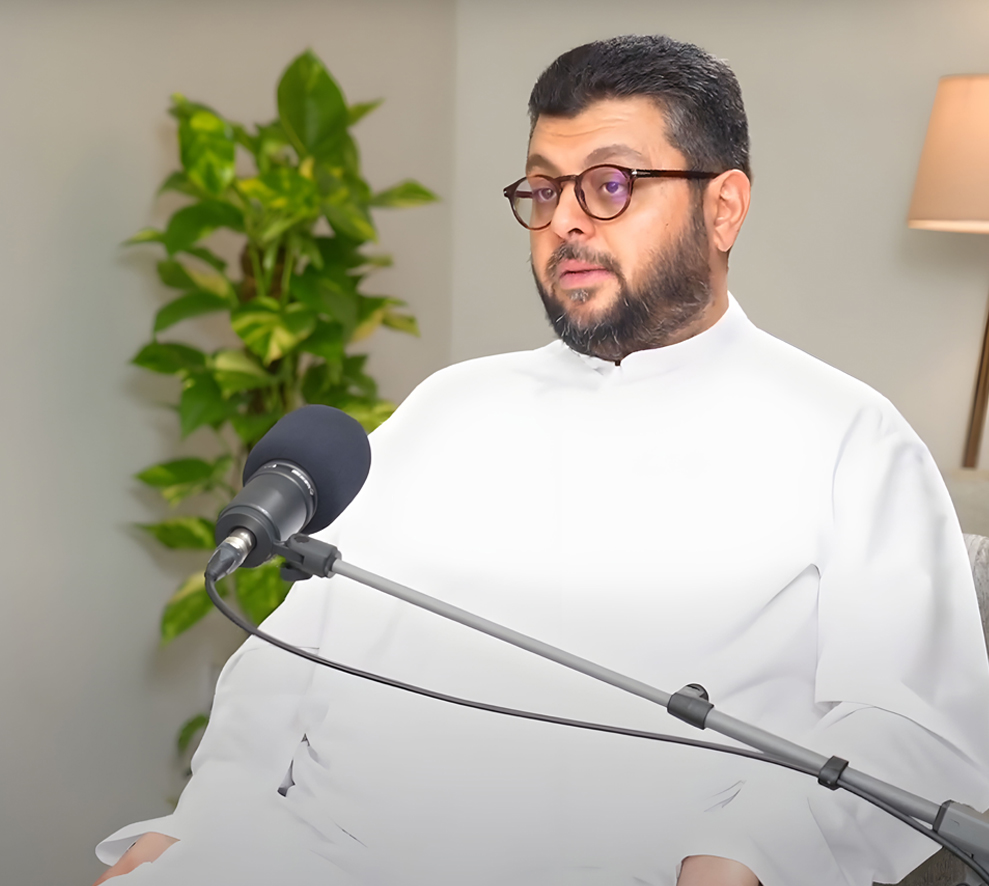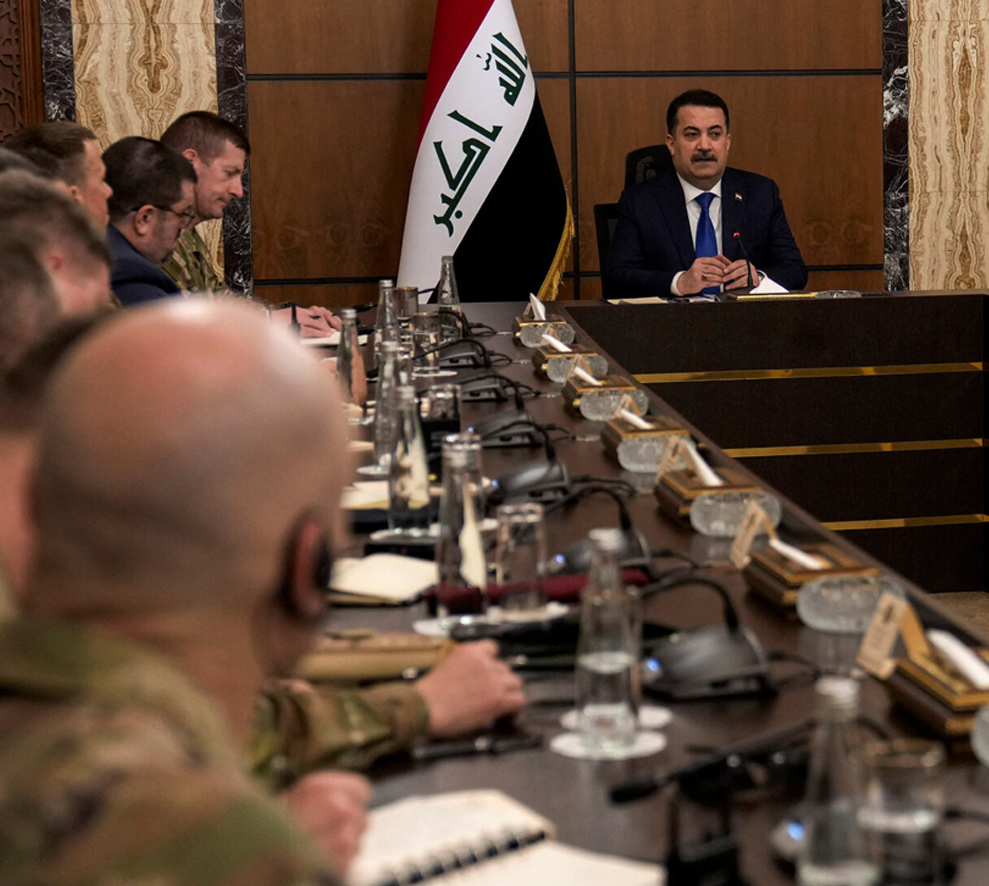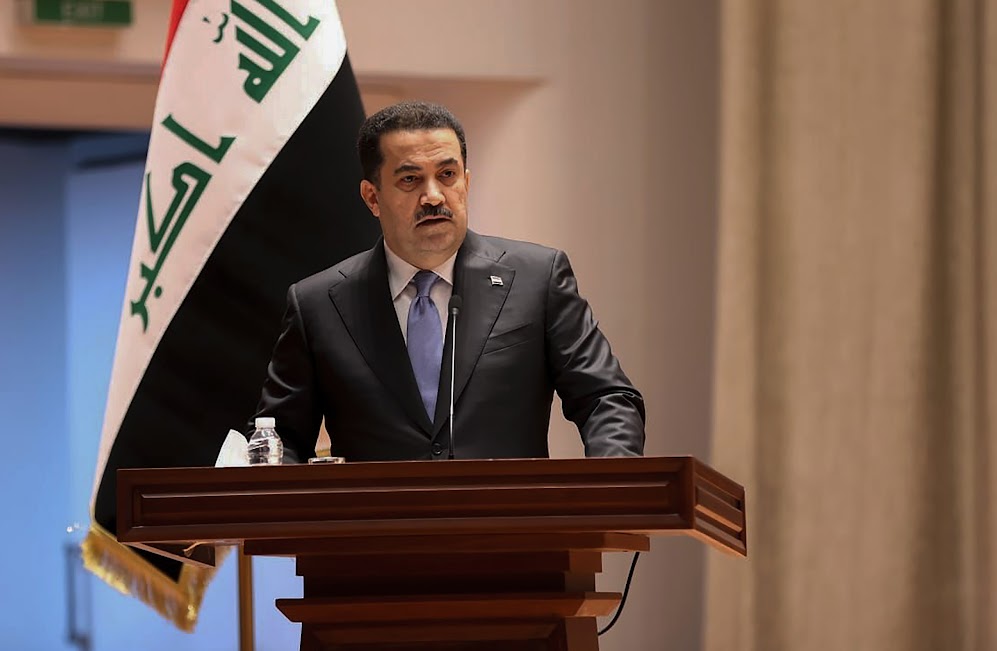After a period of relative calm, ISIS-affiliated tactical cells have recently been able to carry out several operations in its main arena: Iraq-Syria. In Iraq, terrorist movements have been intensified in the area known as the "Triangle of Death” between Kirkuk, Ninawa (Mosul) and Salah al-Din provinces, not to mention the ability of two members of an ISIS battalion (called Al-Ingimasyon) to infiltrate a commercial area in the center of Baghdad, where they claimed the lives of nearly 35 and injured over 110.
In Syria, organized networks of terrorists have dispersed Syrian army fixed and mobile checkpoints in the area of Deir ez-Zor - Palmyra, using the desert as a base for their operations away from security and military monitoring.
This new wave of terrorism has not been unforeseen by security analysts, and some study centers, such as the Center for War Studies in a July 2019 report expected that ISIS's recovery will be faster and more dangerous than the recovery that followed the collapse of the Islamic State in Iraq led by Abu Musab al-Zarqawi. In 2011, the remaining number of fighters ranged from 700 to 1,000. Whereas now, the U.S. Military Intelligence Agency estimates that there are nearly 30,000 terrorists with military, security and administrative expertise gained from their previous "caliphate."
Although the terrorist entity's capabilities collapsed in 2011, it was able to rise again, with its population control extending to large swathes of Iraq and Syria in mid-2014.
This paper examines the strengths and weaknesses of ISIS in an attempt to answer the following question:
Will ISIS be able to expand again along Iraq’s fragile incubators?
"Realistic" assessment
International official declarations celebrating the fall of ISIS after it was stripped of all the populated territory under its control may be exaggerating. Therefore, maintaining objective and practical accuracy requires the announcement of the end of the first phase of the defeat of terrorism, which is carried out by military means, making it the fastest and most obvious phase compared to the next two phases.
In the second phase, the process of tracking terrorist enclaves begins with security means that require the detection of terrorist threats. This phase also requires the beginning of a comprehensive reconstruction process in the economic, political and societal dimensions without excluding or marginalizing any party. This phase is intertwined with the third one that is considered the longest and most complex phase of confrontation, in which terrorism is defeated intellectually and robbed of the attractions based on a minor understanding of religious texts interpreted by the extremism theorists to serve destructive purposes.
The field assessment of ISIS in Iraq and Syria shows that it was defeated only in the first phase. Concerned governments and the international community as a whole then have a long way to go to address the terrorist threat from its roots in a way that combines all the necessary security, development and intellectual tools. What is happening now reflects not an effort to eradicate "terrorism" but rather a process to contain it, reduce the threat and keep it under control.
The Coved-19 pandemic has increased Baghdad’s burden, with efforts focused on addressing the health and economic consequences of the outbreak, thus the priority of countering terrorism has declined. Preventive measures taken by the state security and military agencies have also contributed to the easing of the security grip, creating gaps that have been exploited by the "vigilant" cells of ISIS seeking to regroup.
To illustrate this observation of “containing terrorism, not eliminating it”, the following factors that increase the risk of a second wave of occupation terrorism in Iraq can be noted:
1. The failure of the integration policies which Baghdad is supposed to pursue intensively in developing an inclusive national identity that raises above sectarian and regional sub-identities, not to mention the sense of deliberate marginalization and developmental exclusion that prevailed among the Sunnis of northern areas in the period following the collapse of the Islamic State in Iraq in the late 2000s.
2. Local political disputes among Iraqi elites and conflicting attitudes on domestic and regional issues. This, in turn, is reflected in the political instability evident in 2019-2020 with the resignation of the government of Adel Abdul Mahdi amid widespread popular protests in Baghdad and southern Iraq, and the inability to agree on a nominee for the position of prime minister for more than four months -- in which two were nominated -- until Al-Kadhimi won the confidence of the Iraqi Parliament.
Of course, the issue of raising popular political representation in the official structure remains prerequisite for the non-accession of community groups to informal structures whose orientations and objectives are usually clashing with the state, through which terrorism can infiltrate again, putting the Iraqi elite in the face of serious responsibilities to bridge the gap of trust with multiple factions of the people. For a citizen in a state of law and institutions feels primarily that they are part of a state that provides the requirements of life, and therefore would not resort to alternative entities promoting the function of state.
3. ISIS’s possession of huge financial reserves, both cash and gold reserves that it has seized from banks in Iraq. The terrorist organization also feeds its revenues from "kidnapping-ransom" operations and external donations.
The international strategy has helped to dry up the financial sources of terrorism, yet ISIS continues to have the means to circumvent international control. For example, digital currencies are reportedly considered a safe haven for outlaw operations, including terrorism.
4. The issue of the escaped weapon and the ease of obtaining medium weapons in the local black markets. This is not only the weapon that is still in the possession of organizations classified as terrorists by Iraqi institutions, but also extends to some Popular Mobilization formations that refuse to submit to the instructions to restrict and control weapons within the structures of the army and security.
Such formations further blur the security landscape if they continue their approach to moving away from Baghdad's official will. On the other hand, the tendency of the Sunni tribes to engage in informal military units similar to the Popular Mobilization Forces may re-emerge, the matter which may create the "Sunni" need to rebuild another ISIS for self-defense from perceived threats.
5. ISIS adaptation to the new situation tactically and administratively. On a tactical level, it revealed its prior willingness to use guerrilla tactics and blitzkriegs aimed at draining enemy forces and maintaining its jihadist reputation despite the latency it is experiencing.
It has demonstrated its relative prowess in this attack mode, which gives it a preferential advantage in determining the zero hour, and thus possesses the element of surprise along a wide geographical area that makes it difficult for the security services to monitor and thwart any coming operation.
Military experts agree that terrorist organizations can withstand guerrilla warfare far more than the traditional wars of defending populated lands, as such wars require sustainable logistical supplies and the employment of integrated military staff in land, air, sea and cyber.
At the administrative level, ISIS has moved to a decentralized mode of government, authorizing second-tier field officers to make the necessary decisions. With the terrorist group ridding itself of the burden of population management, it was able to break free from some of the constraints in its internal structure. It has also ridden itself from the burden of centrally managing its states abroad, as the "leadership" is no longer responsible for the finances and recruitment in these states.
This tactical and administrative adjustment gives ISIS the flexibility to respond to its survival requirements as a chronic threat, waiting for the "right moment" to expand or extend its financial and ideological gains.
6. The fragile security on the borders. Officials in the Popular Mobilization Forces revealed that the current wave of terrorist operations was carried out by members from Syria not by terrorists who decided to resume their activities inside Iraq. The map of military deployment in the far east of Syria adjacent to the Iraqi border shows the multiplicity of entities that control these border areas. In the north, Us-backed Kurdish forces are in control. In the south, the United States, through the Al-Tanf Outpost, has a broad security influence. Whereas several parties are fighting for control in the central desert areas, particularly in Palmyra, Deir ez-Zor and Albu Kamal.
This overlap is due to the vital importance of the Syrian-Iraqi border, which is the link between the so-called “Shiite Crescent" from Iran through Iraq and Syria to the Mediterranean coast in Lebanon. This border area will therefore remain a soft line and a rear base for terrorist activity until a political solution to the region's multiple crises is developed.
7. The absence of practical programs aimed at "educating" children who received extremist education at an early age when ISIS took control of Iraqi provinces. It is no secret to those familiar with ISIS's media activities that they highlight the role of the "Cubs of the Caliphate" as a future human resource supporting the following rebellion.
To date, some of those children are still in shelters with women and men who have been saturated with extremist ideology. It is said that the Al-Houl camp in the Kurdish areas of control has been transformed into an ISIS town in terms of the subjugation of its residents to a method of governance imposed by terrorists or in terms of funding "women of ISIS" who continue to work in secret in the service of the objectives and interests of this terrorist organization.
Shelters and prisons include individuals of foreign nationality whose countries refuse to return for security and legal reasons. For example, some governments have begun to revoke the nationalities of their citizens who have engaged in terrorist operational activities. Those who become stateless and who are prevented from returning to their countries of origin have no choice but imprisonment or resorting to terrorism.
Temporary latency or disappearance?
The aforesaid does not necessarily mean an inevitable re-expansion of terrorism in Iraq. Many factors weaken its abilities and prevent it from achieving its ultimate goals, the most prominent of which are:
1. Societal factors: The previous item may have highlighted the local elements of force still possessed by ISIS, but in the depth of these elements lies a factor that destroys the ability of the population to accept submission to bloody rule after the experience proved the false practical reality that is hidden behind the barbaric ideologies. Those sympathizers and supporters of the narrative of ISIS were shocked after a few weeks of falling under its control; the "state" was not fair and did not "stop the bloodshed of Muslims" as claimed in its literature.
However, this doctrinal narrative of the myth of the caliphate has not yet collapsed in the minds of extremists. According to classic strategic thinking, real defeat is not only on the ground but in the perception of the opponent that it has been defeated and cannot win, which makes it unwilling to think about fighting in another round. It is difficult to predict such a victory over hard-going extremists, anyway.
2. Tactical factors: Terrorist groups suffer from the absence of their field and ideological leaders because of their killing or imprisonment, creating a leadership vacuum that has not been filled as before, the matter which casts a shadow over the cohesion of ISIS and its ability to reunite its members under its decentralized leadership.
On the other hand, Iraqi forces have gained accumulated practical experience in their efforts to defeat terrorism, making them more vigilant and ready to respond to various emergency threats. The serial collapse of state agencies in mid-2014 in the face of the terrorist invasion turned into a difficult lesson to uncover shortcomings, some of which were addressed.
3. International factors: Some reports have exaggerated the link between the change of the U.S. administration and the recent wave of terrorism, indicating implicitly - sometimes explicitly – a concurrence rather than a coincidence between the two events. This view contains several fallacies that adopt the conspiracy theory to explain the ISIS phenomenon.
Certainly, there are regional and international causes that contributed to the expansion of ISIS in 2014. These causes were not direct for the most part; nevertheless, regional fighting led to a state of security collapse that was exploited by terrorist forces. Most international actors did not expect that their support for one side or the other would result in the "ideal opportunity" for a "bloody, barbaric rule" that mimicked medieval ages.
Therefore, it can be assumed that influential states will seek to avoid creating conditions for the re-establishment of occupation terrorism, because of the dire consequences that ISIS has had on regional and international peace. Foreign orientations towards the Middle East at this stage agree that no informal formation should be supplied with arms, so that these arms do not slip out into the "wrong hands", the way it was in the past years.
Moreover, the birth of ISIS came at a maximum of turmoil on more than one level. Iraq and Syria were tired of societal tensions, and the "cold war" was at its height among the region's main forces. Now, the landscape is less blurry, as most countries want to harness their potential for domestic priorities related to recovery from the repercussions of the Coved-19 outbreak, and therefore no longer have the luxury of financial and security support for bodies outside their borders.
In this context, the Biden administration should address Iran’s nuclear issue in a way that does not anger regional countries competing Iran, as it could cause a political reaction that deepens the contradictions in positions and eliminates the possibility of a regional consensus on the outlines, which could increase the gaps through which terrorist forces could once again infiltrate.
In short, the Iraqi scene remains fertile for the rise of terrorism, which calls for more formal steps to strengthen the home front, especially as the country is coming to elections through which moderate forces seek to be representative of the Iraqi political spectrum.
Greater political and security stability would advance the outcome of the strategic dialogue initiated by the Kadhimi government with Washington, leading to the implementation of the agreed reduction of U.S. forces and the regulation of uncontrolled arms held by some groups close to Iran. Any withdrawal of foreign forces and any restriction of these groups depend on the government's assessment that "security is stable and there is no need for support from outside the state structures."
After this review of the overall circumstances relating to the Iraqi security file, it is not expected that the central mind of terrorism will seek new occupying power; because of the tactical difficulties in such domination, and in doing so it sets international and regional forces against it.
However, terrorism, represented by ISIS, is expected to continue to emerge from time to time, taking advantage of local tensions (which will intensify by the next elections) and regional tensions which will also be increased by possible fluctuations in Iran’s nuclear file. This return to waves of terrorism may be carried out by non-traditional means such as UAVs or cyber and biological means; inspired by the coronavirus outbreak scenario for an upcoming scene.
Keep in touch
In-depth analyses delivered weekly.

Related Analyses:







-%D8%B9%D9%88%D8%AF%D8%A9-%D8%AF%D8%A7%D8%B9%D8%B4-%D9%84%D9%84%D8%B9%D8%B1%D8%A7%D9%82.jpg)



